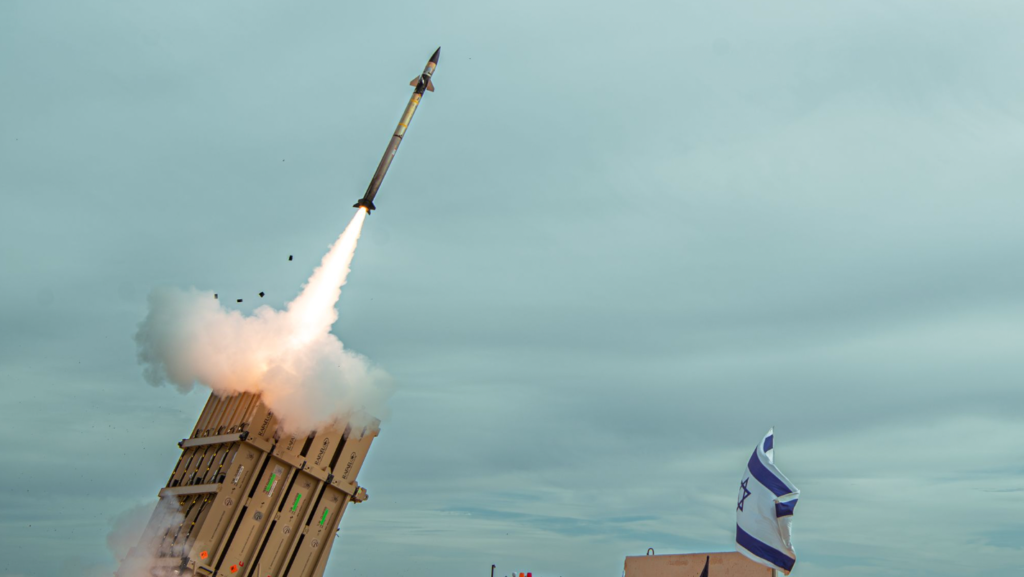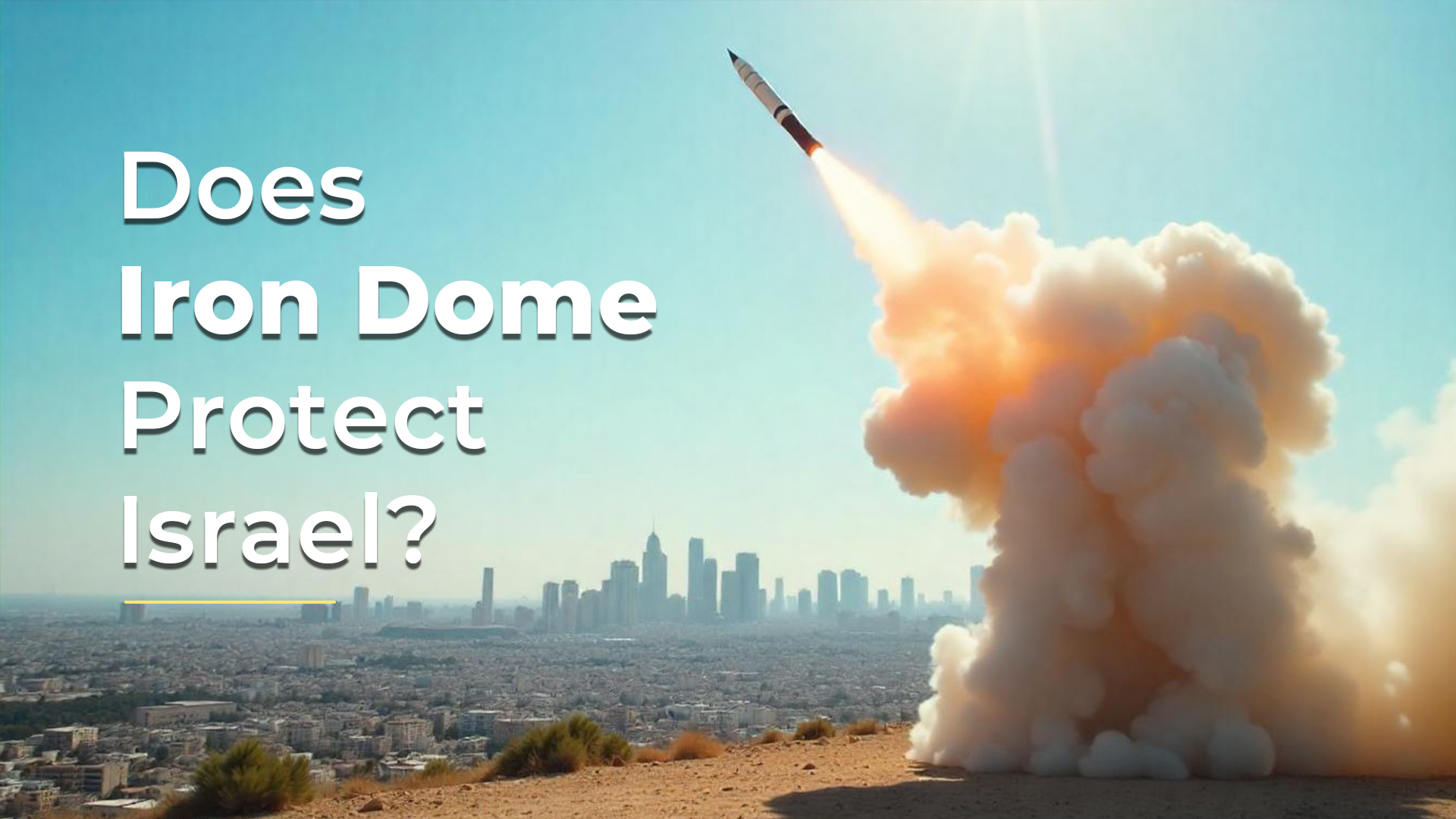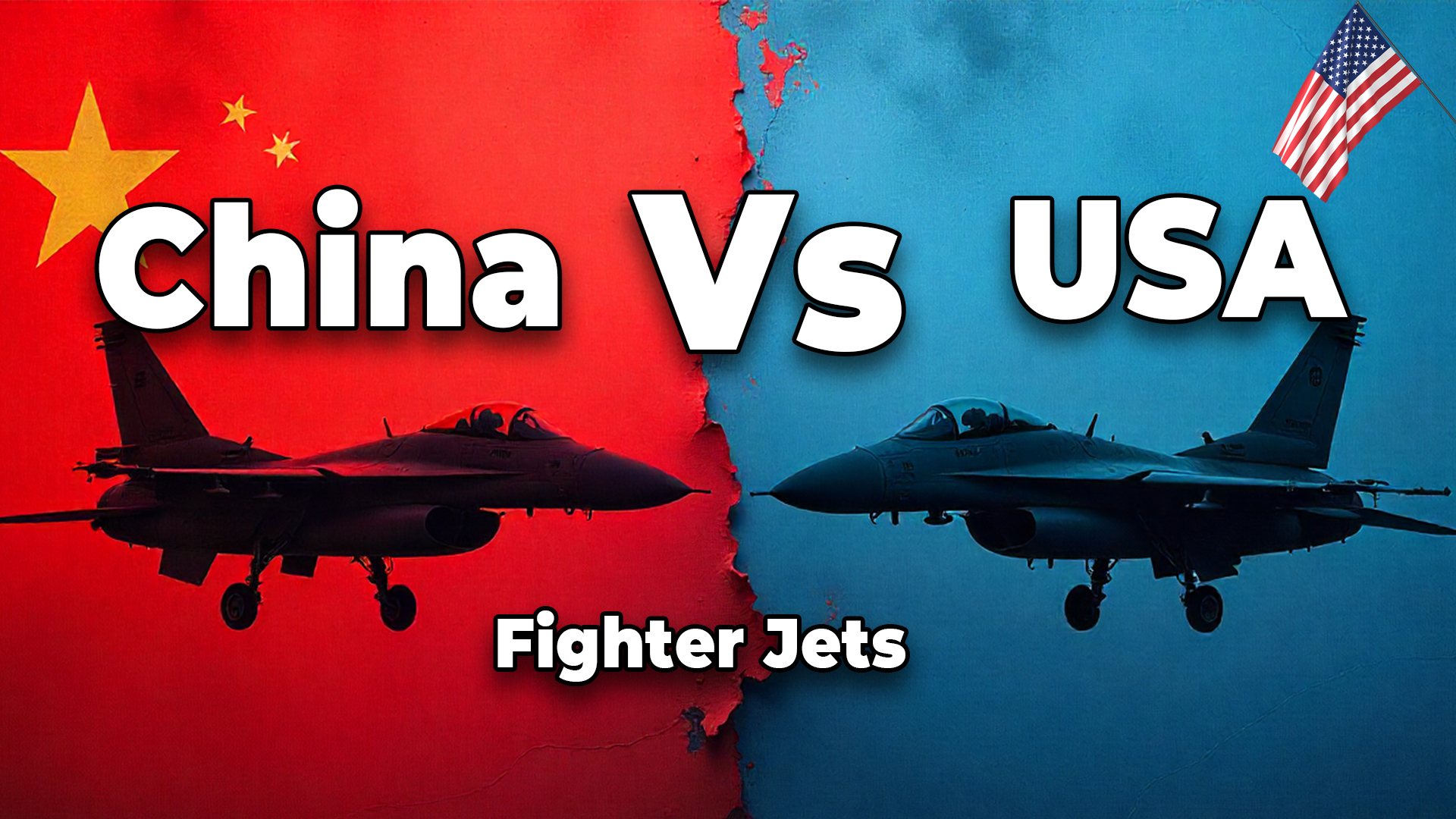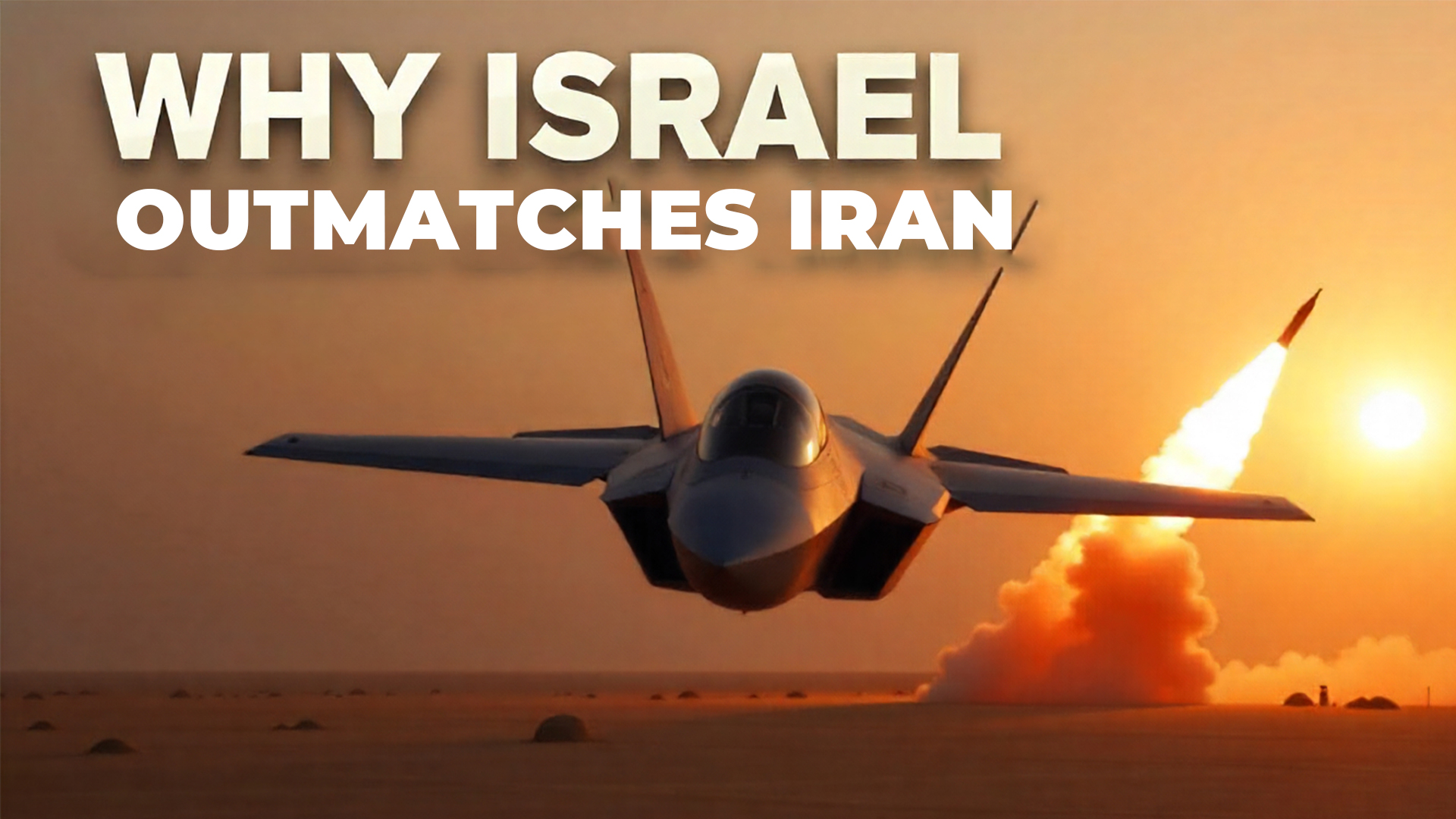Israel’s Iron Dome defence system has long been considered a marvel of modern military technology—an air-defence shield capable of intercepting rockets mid-air with surgical precision. But with the escalation of direct hostilities between Iran and Israel in 2025, the limits of the Iron Dome are being tested like never before. The question now looms: Can it truly counter the evolving and increasingly complex threats posed by Iran and its allies?
What Is the Iron Dome?
Developed by Rafael Advanced Defence Systems with U.S. support, the Iron Dome is a mobile all-weather defence system designed to intercept short-range rockets, artillery shells, and mortars. Since its deployment in 2011, it has intercepted thousands of incoming threats, boasting a success rate that has hovered around 90%. It protects Israeli cities by calculating the trajectory of incoming rockets and only intercepting those on course to strike populated areas.
Iran’s Proxy Strategy—Now Mutating
Iran rarely confronts Israel head-on. Instead, it has long relied on a vast web of regional proxies—Hezbollah in Lebanon, militias in Syria and Iraq, and Hamas and Islamic Jihad in Gaza—to apply pressure from all sides. Hezbollah is estimated to have over 150,000 rockets, many of which are now fitted with precision-guided technology. Meanwhile, Hamas has evolved from firing crude rockets to launching coordinated salvos designed to saturate and overwhelm Israel’s missile defences.
However, 2025 marked a dangerous turning point.
Following Israel’s alleged airstrike on an Iranian military facility in Syria earlier this year, Iran broke from tradition. It launched a direct retaliatory strike on Israeli soil—an unprecedented move in the modern era. The attack included a mix of cruise missiles, ballistic missiles, and loitering drones, many of which were launched from Iranian territory and its affiliated militias across the region.
Though Israel activated the Iron Dome, David’s Sling, and Arrow 3 systems in response—intercepting most of the incoming threats—the scale and sophistication of the attack revealed critical vulnerabilities in Israel’s layered defence network.

Israeli firm Rafael and the Israeli Ministry of Defense conduct Iron Dome tests in March 2025. Photo: (Ministry of Defense)
The Cracks in the Dome
While the Iron Dome continues to save lives and prevent large-scale destruction, it is not without its limitations:
- Volume Saturation: The system can become overwhelmed when multiple rockets are fired simultaneously from various directions—a tactic Iran’s proxies have mastered.
- Coverage Gaps: While urban areas like Tel Aviv and Jerusalem are well-covered, more rural or border-adjacent regions can suffer delays or be left exposed.
- Cost Imbalance: Each Iron Dome interceptor costs tens of thousands of dollars. Meanwhile, the rockets fired by Hamas or Hezbollah can cost as little as a few hundred. This asymmetry gives Iran and its allies a strategic advantage in a prolonged confrontation.
- Drone Evolution: Iran’s integration of kamikaze drones and stealth UAVs poses a new challenge. These drones are harder to detect and track, and many can fly below radar levels, slipping through traditional defenses.
How Israel Is Responding
To deal with these evolving threats, Israel has developed a multi-layered missile defense architecture, including:
- David’s Sling – Targets medium- to long-range missiles.
- Arrow 2 and Arrow 3 – Designed for high-altitude ballistic missile threats, such as those that could be launched from Iran itself.
- Iron Beam – A new laser-based system under development that aims to neutralize threats at a fraction of Iron Dome’s cost.
Additionally, Israel continues to strike preemptively against weapons depots and drone manufacturing sites in Syria and Iraq and reportedly uses cyberwarfare to sabotage Iranian supply chains and infrastructure.
What the 2025 Conflict Revealed
The April 2025 conflict marked the first major test of Israel’s full defensive capabilities against a coordinated, multi-platform attack directly attributed to Iran. While the Iron Dome performed admirably under pressure, intercepting dozens of incoming rockets and drones, several still got through, causing damage and injuries. It was a clear reminder that missile defence is never absolute, and even a 90% success rate can carry devastating consequences.
So, Does It Truly Work?
Yes—but only within limits.
The Iron Dome is exceptionally effective at countering short-range and unsophisticated rockets, especially in urban areas. But against mass volleys, drones, and long-range precision-guided missiles, its effectiveness drops, especially when deployed alone. In today’s evolving battlefield, success depends not on a single defence system but on integration, layered architecture, and preemptive intelligence operations.
Conclusion: A Race Between Offense and Defense
As Iran becomes more emboldened, and as its proxies grow more sophisticated, Israel faces the mounting challenge of staying one step ahead. The Iron Dome, once seen as an impenetrable shield, now looks more like the first line of defense in a much broader and more complex security equation.
What’s clear after 2025 is that missile defence is no longer about stopping crude rockets. It’s about surviving an era where the attacker’s playbook has changed—and is still changing.





